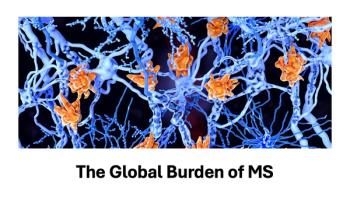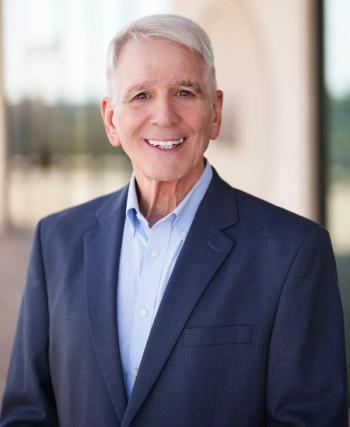
Time Well Spent: Lung Cancer Trials Offer Improved Survival Without Added Burden
Researchers are exploring the topic of "time toxicity" — how much time patients spend receiving care. This study is the first to directly compare time spent in care between clinical trial participants and routine care patients receiving the same treatments.
Concerns about the time demands of clinical trials often deter cancer patients from enrolling. But a new study, published last month in
A group of researchers, led by
The findings showed that people who participated in clinical trials lived longer: a median of 12.8 months compared with 10.5 months for those in routine care. Trial participants also had a slightly lower overall proportion of healthcare contact days (20.3%) versus those receiving routine care (21.2%).
During active treatment, the time difference was more striking. Trial participants had a median 18.4% of contact days, compared with 25.5% in routine care. Hospitalizations accounted for a much lower share of contact days in the trial group—18.5% versus 40%.
The researchers suggest that the structured monitoring in clinical trials may help detect complications early and avoid unplanned hospitalizations. Notably, participants in clinical trials did not experience delays in starting therapy and had more predictable outpatient schedules.
This study is the first known to directly compare time spent in care between clinical trial participants and routine care patients receiving the same treatments.
In an invited commentary, also published in
“These data are encouraging and suggest that clinical trials may not be as time-intensive as many patients and oncologists currently perceive,” Bange and Lin wrote.
The commentary also emphasized the need to reduce structural barriers that prevent trial access — especially for lower-income and rural patients — and highlighted innovations such as decentralized trial designs, remote monitoring and virtual visits to make participation more flexible and patient-centered.
The findings highlight how clinical trials may offer a more efficient model of care with fewer hospitalizations and better outcomes. With only
The efficacy-effectiveness gap
As Hanna and his co-authors note, their study results fit into a growing body of evidence about “time toxicity,” which is the amount of time people with cancer spend receiving care for their disease. Studies across health systems and countries show patients treated in early-phase and later-phase trials — and in routine practice — have reported an approximately 20% to 33% rate of contact days, according to Hanna and colleagues. They also point out that studies have shown that there is a clear “efficacy-effectiveness” gap when it comes to survival, with patients in routine practice often having inferior survival outcomes compared with those in trials. They say it is unknown whether the efficacy-effectiveness gap extends to time toxicity.
“Although patients in trials face protocol-mandated visits (and resultant planned contact days) over and above what would be expected in routine clinical care, patients in routine practice often have more comorbidities and less fitness and experience higher rates of physical toxic effects (and resultant unplanned contact days),” they wrote.
They said that evaluating the potential time toxicity efficacy-effectiveness gap is important “because it may allow for care improvement opportunities in both settings and clarify whether trial data could set expectations about time toxicity in routine practice.”
Newsletter
Get the latest industry news, event updates, and more from Managed healthcare Executive.






















































